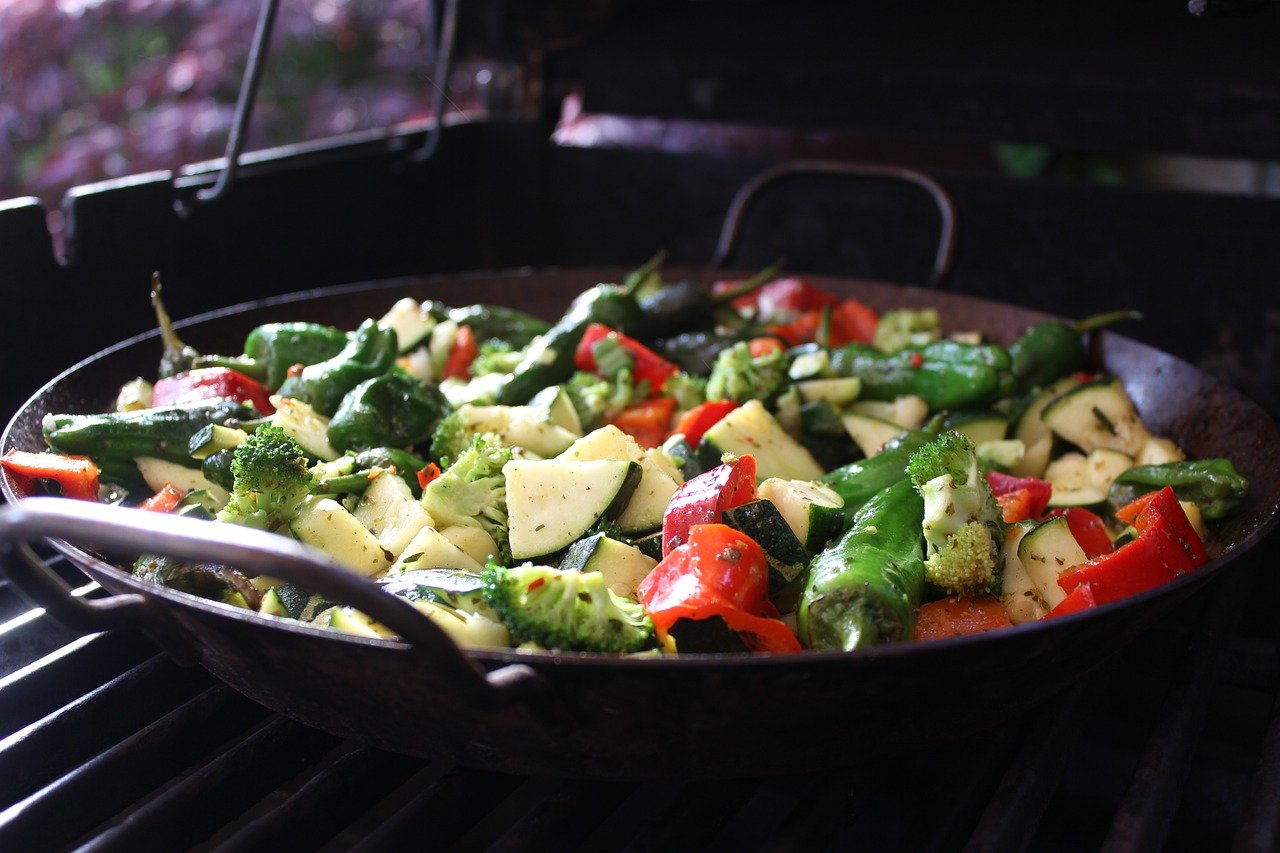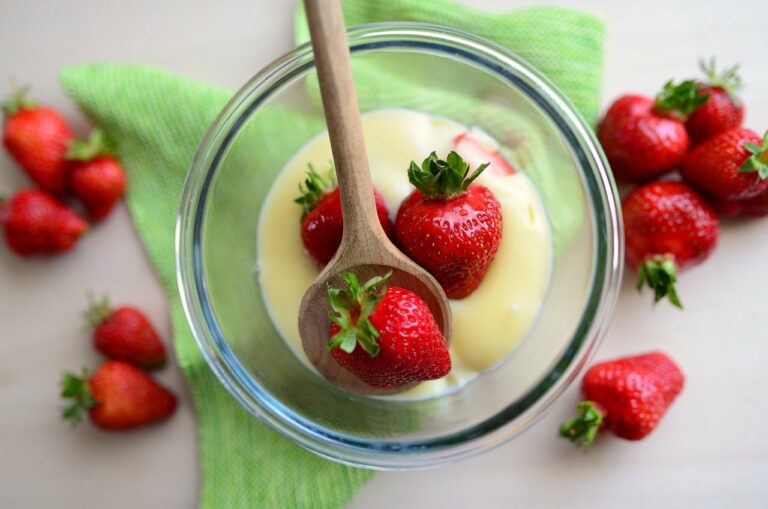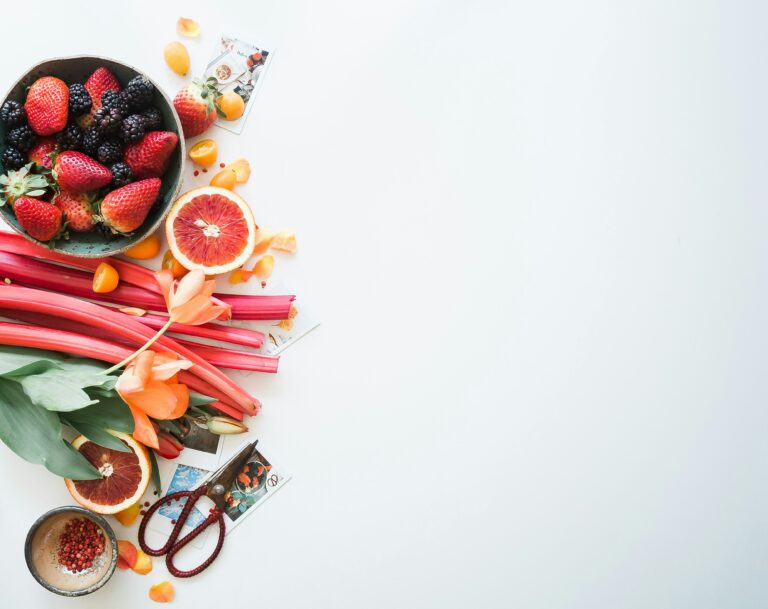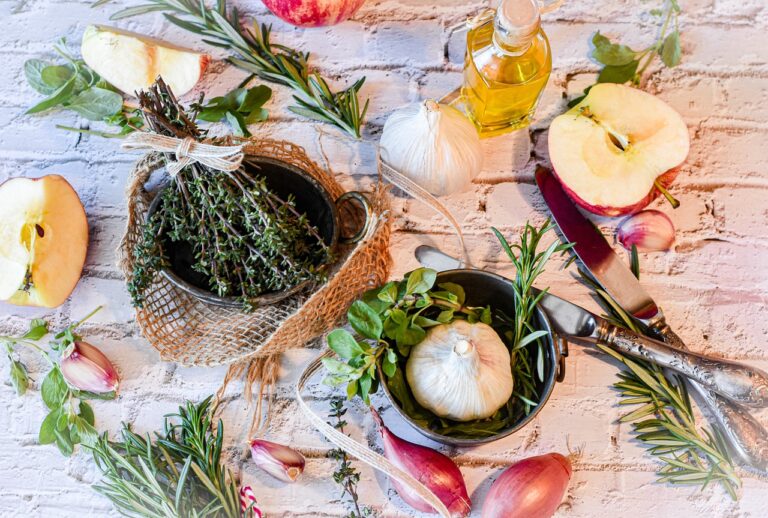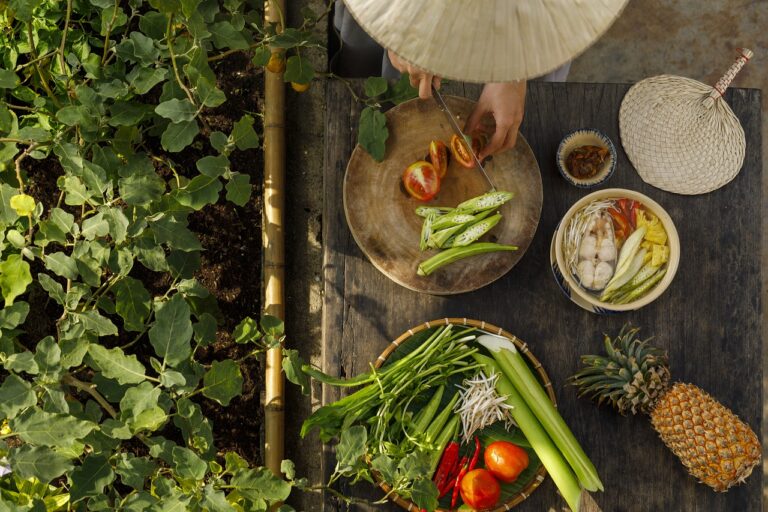The Joy of Preserving Seasonal Vegetables: Pickles, Relishes, and Chutneys
When it comes to selecting vegetables for preserving, it’s essential to choose ones that are at the peak of freshness and quality. Look for vegetables that are firm, free from blemishes, and vibrant in color. Opt for varieties that are in season as they will have the best flavor and texture for preserving.
Consider the intended use of the preserved vegetables when making your selection. Some vegetables are better suited for pickling, while others are ideal for canning or freezing. Think about the recipes you plan to use the preserved vegetables in, and select varieties that will hold up well to the preserving process to maintain their flavor and texture.
When selecting vegetables for preserving, keep the following tips in mind:
• Choose vegetables that are firm, free from blemishes, and vibrant in color
• Opt for varieties that are in season for the best flavor and texture
• Consider the intended use of the preserved vegetables before making your selection
• Some vegetables are better suited for pickling, while others are ideal for canning or freezing
• Select varieties that will hold up well to the preserving process to maintain their flavor and texture.
The Benefits of Homemade Preserves
Homemade preserves offer an array of benefits that make them a worthwhile endeavor for anyone interested in maintaining a well-stocked pantry. The first and most obvious advantage is the control over ingredients and quality. By making your own preserves, you have the power to select only the freshest, finest produce and control the amount of sugar or salt used in the process. This puts you in charge of your health and dietary preferences while ensuring a superior product.
Aside from the health benefits, homemade preserves also provide a sense of satisfaction and accomplishment. There is something deeply rewarding about taking fresh vegetables from your garden or local market and transforming them into jars of delicious preserves that can be enjoyed year-round. The process of preserving food is not only a practical way to extend the life of seasonal vegetables but also a fulfilling hands-on experience that connects you to the traditions of food preservation.
Different Methods of Preserving Vegetables
When it comes to preserving vegetables, there are various methods that can help extend the shelf life and retain the nutritional value of the produce. One popular method is canning, where vegetables are packed into jars and heat-processed to kill bacteria, ensuring long-term preservation. This method is ideal for vegetables like beans, tomatoes, and pickles.
Freezing is another effective method of preserving vegetables. By blanching vegetables before freezing, enzymes are deactivated, maintaining the color and texture of the produce. Freezing is a convenient way to preserve vegetables like peas, corn, and spinach for later use, allowing you to enjoy the taste of fresh vegetables even when they are out of season.
What are some popular methods of preserving vegetables?
Some popular methods include canning, pickling, fermenting, freezing, and dehydrating.
How do I know which vegetables are best for preserving?
Vegetables that are in season and at their peak freshness are best for preserving. Choose vegetables that are firm and ripe, as they will hold up better during the preservation process.
What are the benefits of making homemade preserves?
Homemade preserves are typically healthier as they do not contain preservatives or additives. They also allow you to control the ingredients and customize the flavors to your liking.
How long can preserved vegetables last?
The shelf life of preserved vegetables depends on the method of preservation. Canned vegetables can last for 1-2 years, pickled vegetables can last for several months, frozen vegetables can last for 6-12 months, and dehydrated vegetables can last for several months to a year.
Are there any safety precautions to keep in mind when preserving vegetables?
Yes, it is important to follow proper food safety guidelines when preserving vegetables to prevent the growth of harmful bacteria. Make sure to sterilize equipment, use fresh produce, and follow reputable recipes.

